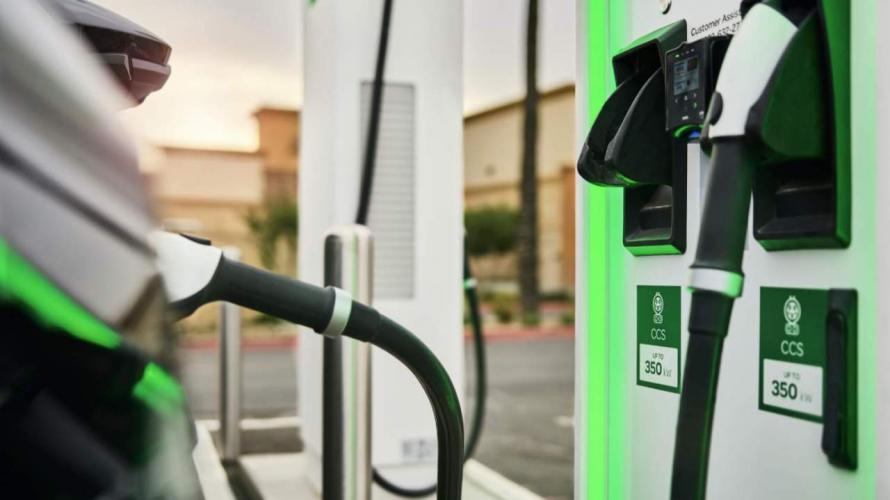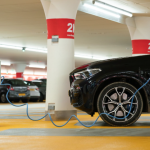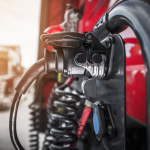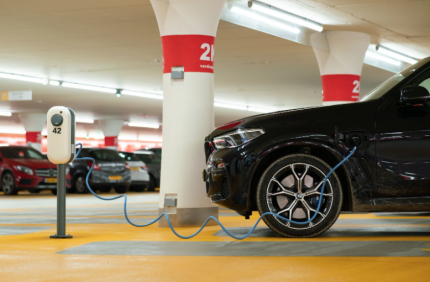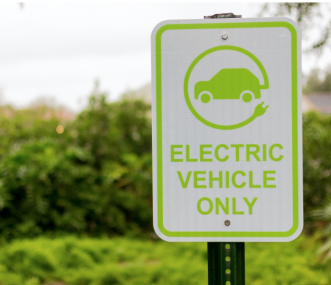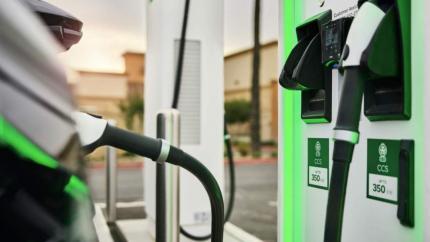Headlines have long promised that market adoption of clean fuels – battery-electric power, hydrogen fuel cells, natural gas, etc – is inevitable.
But despite assurances from industry reports and news articles, many people around the world remain skeptical about picking up an electric or hydrogen-powered car of their own. And vehicle manufacturers in every sector continue to sell combustion engine vehicles at vastly greater rates than electric vehicles.
So what are the issues holding the world back from totally embracing clean fuels? This article will provide a rundown of several hurdles facing both consumers and manufacturers today.
Troubles for Consumers
Price: One of the biggest barriers for customers looking to purchase a BEV is the cost of ownership. In 2022, the average sticker price of a BEV was around $19,000 higher than a gas-powered car.
Add the cost of purchasing and installing a charger at home, and you’re left with electric vehicles as the far pricier option, at least initially. Costs for all clean fuel vehicles are on the decline, but they’re still higher than a traditional car.
Charge Time: BEVs’ recharging speed is another major concern for potential owners. Like price, the average charging time for BEVs – as well as for other clean vehicles – is on the decline. However, most consumer BEVs still take around 30 minutes to reach 80% charge from 0%, even with the fastest chargers.
While it is possible to charge up a BEV during lunch or while at work, it’s still much faster and more convenient (right now) to fuel up a gas-powered car, leaving some prospective buyers hesitant.
Range: No one wants to run out of fuel on the road, especially not in a vehicle that takes a long time to refuel. That’s why driving range remains an issue for potential clean vehicle owners.
The average BEV boasts a range of just over 200 miles. While hydrogen fuel cell vehicles trend a little higher at around 300 miles, most gas vehicles have a range between 310-620 miles. With such a clear disparity in range capabilities, it’s no wonder some people are still concerned about running out of fuel on long trips.
Infrastructure: Even if/when technology and price for clean vehicles rivals their gas-powered counterparts, the question of infrastructure still looms large. After all, what good is an affordable and efficient electric vehicle if you can’t find anywhere to charge it?
According to the U.S. Department of Energy, there are just 43,293 EV charging stations set up across the country. Of those, fewer than 5,000 are fast charging stations – those that provide a charge in an hour or less. Compare that to over 136,000 gas stations, and the infrastructure gap becomes clear.
Image: Ultimately, it’s public perception that really dictates the rate of clean fuel adoption.
As time goes on, price, range, charge time and infrastructure are becoming less of an issue for those looking to buy a clean fuel vehicle. Yes, those concerns will continue to be relevant, but with progression in technology and investment, they’ll become less of a problem.
But until a majority of people aren’t worried about things like a perceived high cost and range capabilities, widespread adoption of clean fuel vehicles will continue to be “the future” and not “the now.”
Barriers for Manufacturers/Fleets
Market Saturation:
With so many sources claiming clean fuels will be the next big thing, it’s no surprise that a large number of startups and entrepreneurs are looking to make a name for themselves.
It’s hard to estimate just how many companies are tossing their hats into the rings of electric, hydrogen, natural gas and other kinds of clean vehicles – this article lists at least 77 for BEVs alone. But with no guarantee of which strategies will flop and which will flourish, it’s easy to see why existing vehicle manufacturers and those looking to break into the game might be holding back.
Return-on-Investment:
While some sources claim that bringing BEVs and other clean vehicles into transport and passenger fleets will save money in the long run, the initial cost of switching is often prohibitively expensive.
It remains to be seen just how quickly fleets of heavy-duty vehicles powered by clean fuels will be able to deliver a return-on-investment.
Untested Technology:
Ultimately, many concerns surrounding the adoption of clean vehicles stem from the technology being too new and too untested. While consumer BEVs have gained significant popularity in recent years, large-scale implementation of electric fleets is far from widespread. In addition, hydrogen fuel cell and natural gas vehicles remain on the fringes of popularity, making them risky investments for organizations to adopt or manufacture.
As with any new concept or technology, there’s a lot of excitement and eagerness surrounding clean fuels. But on the other hand, lack of familiarity and trust with the fuels and vehicles themselves may prevent some organizations from leaping into the game.
What do you think? What are the top barriers for consumer and fleet adoption of clean fuel vehicles? Let us know in the comments below or reach out to Inspire Advanced Transportation with your thoughts.
